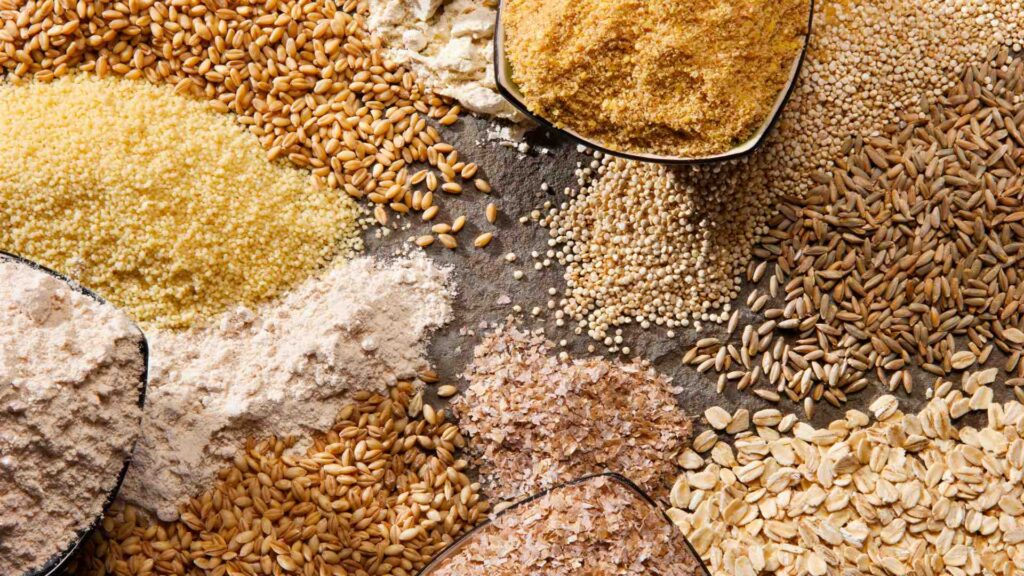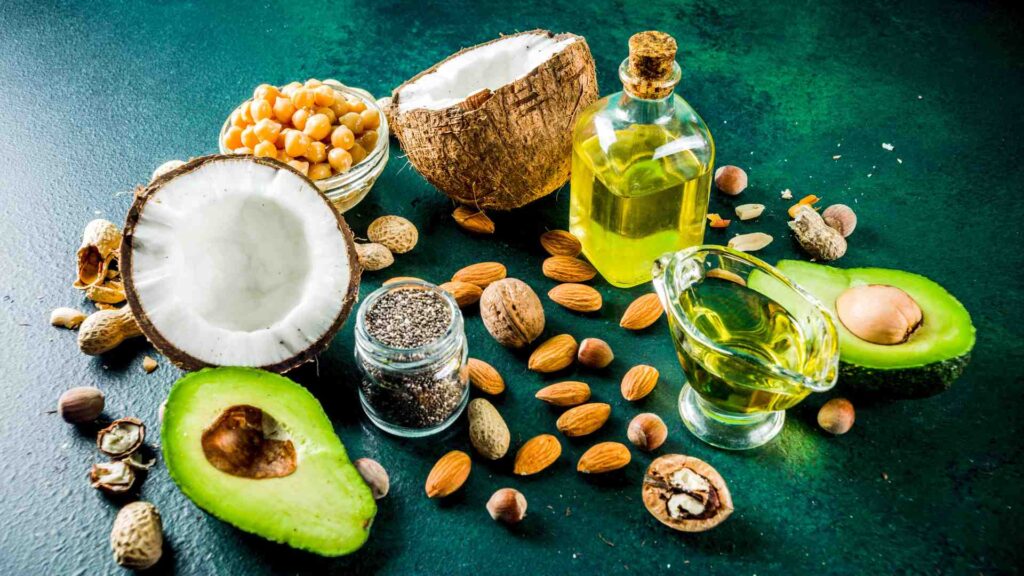Summary: Curious to know the baby growth during the 1st trimester of pregnancy? Well, it starts with fertilizations and then at fourteen weeks, the fetus reached approximately 3.5 inches in length and weighs around 1.5 ounces. Know all what happens in this blog.
Have you started your beautiful pregnancy journey? Well, congratulations! You’re embarking on an incredible adventure filled with anticipation, wonder, and love. And now, you must be curious to know the baby growth during the 1st trimester of pregnancy?
As you go through the excitement and perhaps a touch of nervousness, it’s natural to be curious about what’s happening inside your body, especially during those crucial first weeks of pregnancy.
From conception to the end of the first trimester, your baby undergoes an astonishing journey of growth and development. Let’s explore together the fascinating world of baby growth during the first twelve weeks of pregnancy.
Here are some key stages of baby growth during the 1st trimester of pregnancy:
FERTILIZATION (2 weeks after the first day of the last normal menstrual period)
Around two weeks after the start of your last period, fertilization occurs when a sperm meets its match—an egg. This momentous event, often happening within 24 hours after ovulation, marks the onset of conception.
WEEK 2 (4 weeks after the first day of the last normal menstrual period)
Fast forward to approximately four weeks into your pregnancy journey. Implantation happens this time. At this stage, the tiny embryo, barely visible to the naked eye and smaller than a grain of rice, makes its way into the uterus and implants itself into the nurturing uterine lining. It’s like finding the perfect spot for a new home, where the embryo can begin its incredible transformation, laying down the groundwork for future growth and development.
Key Highlights:
- Head and body start forming
- Arm and leg buds appear
WEEK 4 (6 weeks after the first day of the last normal menstrual period)
As you reach week six of pregnancy, major organs and structures start to form at a rapid pace within the developing embryo. Picture a bustling construction site, with the brain, heart, blood vessels, and rudimentary eyes, ears, bones, and nerves taking shape. Each tiny detail contributes to the intricate blueprint of life unfolding within the womb.
Key Highlights:
- Brain segments into regions
- Heartbeat commences
- Blood vessels develop
- Eyes, ears, bones, and nerves start forming
WEEK 6 (8 weeks after the first day of the last normal menstrual period)
By week eight, the embryo has transformed into a recognizable baby-like form, measuring approximately half an inch in length. This is a pivotal stage where organs continue to develop, and distinct features such as facial expressions and limb formation become evident. It’s like witnessing the sculpting of a tiny masterpiece, each delicate detail adding to the wonder of new life.
Key Highlights:
- About 1/2 inch long
- 4 heart chambers are present
- Brain electrical activity starts
- Lungs begin forming
- Fingers/toes become distinct
- Facial features take shape
WEEK 8 (10 weeks after the first day of the last normal menstrual period)
As you enter the tenth week of pregnancy, the embryo transitions into the fetal stage, marking a significant milestone in the journey of development. At approximately 1.25 inches in length, the fetus possesses all major body parts and organ systems, albeit in varying stages of development. It’s like witnessing the initial draft of a grand masterpiece, with endless potential waiting to unfold.
Key Highlights:
- Enters fetal stage at 1.25 inches long
- All major body parts/organs present
- Neck region becomes more defined
- Eyelids form over the eyes
- Fetal heartbeat detectable
WEEK 10 (12 weeks after the first day of the last normal menstrual period)
By week twelve, the fetus has grown significantly, measuring around 2.5 inches in length and weighing approximately half an ounce. This is a time of remarkable progress, with the appearance of nails on fingers and toes and the initiation of fetal movements, albeit too faint to be felt by the mother. It’s like witnessing the early rehearsals of a grand performance, each movement a testament to the vitality and energy of the growing fetus.
Key Highlights:
- 2.5 inches long, 0.5 ounces
- Nails appear on fingers/toes
- First, feeble movements occur
- A fetal heartbeat can be rendered
WEEK 12 (14 weeks after the first day of the last normal menstrual period)
At fourteen weeks, the fetus has reached approximately 3.5 inches in length and weighs around 1.5 ounces. This stage is characterized by the development of reflexes for swallowing and the production of urine by the kidneys.
Additionally, in female fetuses, ovarian follicles begin to form, while in males, the prostate gland makes its first appearance. It’s like witnessing the dawn of a new chapter in the journey of pregnancy, with each development a testament to the remarkable complexity and resilience of life.
Key Highlights:
- 3.5 inches long, 1.5 ounces
- Swallowing and urine production begin
- Blood cells start forming
- Ovarian follicles develop in females
- Prostate appears in males
So, these were the stages of the baby’s growth in the first trimester of pregnancy. If you want to know about baby growth in second or third trimester, read our next blogs. Also, first trimester is not easy. In fact, it’s considered one of the most difficult phase. So, it’s crucial to read what things you should do during your first trimester. One of the most crucial things is to eat the right food.
Want to know more about it? Go to our next section!
Food For Baby Growth in First Trimester
Your baby’s growth in the first week of pregnancy is minimal because conception typically hasn’t occurred yet. However, you must start thinking about providing the essential nutrients for your baby’s growth as soon as conception occurs, which typically happens around the end of the first two weeks of pregnancy. Here are some foods you should consider for baby growth in 1st trimester:
1. Leafy Greens

Leafy greens like spinach, kale, and Swiss chard contain essential folate, iron, and calcium nutrients. Folate is particularly important during the first trimester as it helps prevent neural tube defects in the developing baby. Including a variety of leafy greens in your diet ensures you’re getting a healthy dose of these vital nutrients.
2. Lean Protein

Lean protein sources like poultry, fish, tofu, and legumes are essential for the growth and development of your baby’s muscles, organs, and tissues. Aim to include protein in every meal to support your baby’s increasing nutritional needs during this critical stage of development.
3. Whole Grains

Whole grains such as brown rice, quinoa, oats, and whole wheat bread provide a steady energy source and essential nutrients like fiber, B vitamins, and magnesium. These nutrients support your baby’s growth and help prevent constipation, a common discomfort during pregnancy.
4. Dairy Products

Dairy products like milk, yogurt, and cheese are rich in calcium, which is essential for developing your baby’s bones and teeth. Opt for low-fat or fat-free options to keep your saturated fat intake in check while reaping calcium’s benefits.
5. Healthy Fats

Incorporating healthy fats into your diet is important for your baby’s brain development and overall growth. Sources of healthy fats include avocados, nuts, seeds, and olive oil. These fats also help your body absorb fat-soluble vitamins like vitamin D, which is crucial for bone health.
6. Fruits and Vegetables

Colorful fruits and vegetables are not only rich in vitamins and minerals but also provide antioxidants that support your baby’s developing immune system. Aim to include a variety of fruits and vegetables in your diet to ensure you’re getting a wide range of nutrients.
7. Hydration

Staying hydrated is essential during pregnancy, especially during the first trimester, when your body is working hard to support your baby’s growth. Aim to drink plenty of water throughout the day and limit your intake of caffeinated beverages.
Final Thoughts
So, that brings us to the end of the blog. Your baby growth during the first trimester of pregnancy is a testament to the awe-inspiring journey of life unfolding within you.
From the tiny embryo barely visible to the naked eye to the recognizable features of a developing fetus, each stage is a marvel of nature’s design.
Embrace this journey with love, anticipation, and wonder, knowing that every milestone reached brings you closer to welcoming your little one into the world.




